Jay Wilson is carving out a unique motocross career in Japan. ADB’s Simon Makker sat down with him for a tell-all interview.
In early 2022, former Australian Motocross Champion Jay Wilson and his wife Misty made the gutsy call to move to Japan with their then-four-year-old daughter Poppy.
Jay Wilson was offered a position with Yamaha’s head office in Japan as a development and test rider, while racing the All-Japan Motocross Championship and it was an opportunity too good to pass up. Life still has its challenges for Jay Wilson two years into their adventure, but the rewards for the risk they took have been worth it.
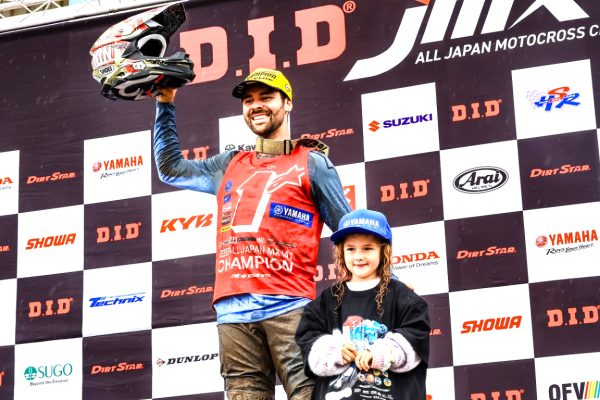
Jay Wilson, 29, is a two-time Japanese champion after dominating both the 250 and 450 classes, has worked closely with the Monster Energy Star Yamaha Racing team in the US and plays an instrumental role in developing Yamaha’s future motorcycles.
It’s been a fascinating journey for the Wilsons. We thought it was high time we caught up with Jay Wilson to get his take on the challenges and successes they’ve faced so far.
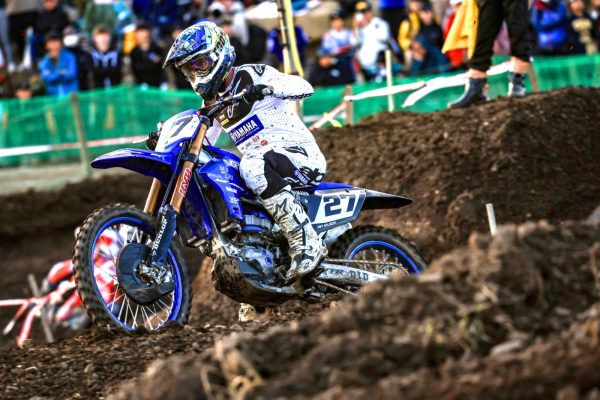
ADB: It’s been a pretty wild ride for you, how did this opportunity came about.
Jay Wilson: I started talking to YMC in early 2020 before Covid, and came over for a race at Sugo in 2021. Months went by and it took forever for our visas to get approved. By January or February 2022 we’d sold everything and were just waiting and trying to get through the uncertainty of it all, then once the visas came through, we were in Japan 10 days later. We did another stint in quarantine and I went straight to the track for the first race.
We lived in a hotel for a month before we moved into a house, and trying to get furniture and stuff sorted was both funny and stressful. We’re really grateful that a lot of people at Yamaha supported us during those early days, because moving to a country where you can’t speak the language, without support or friends is a real challenge.
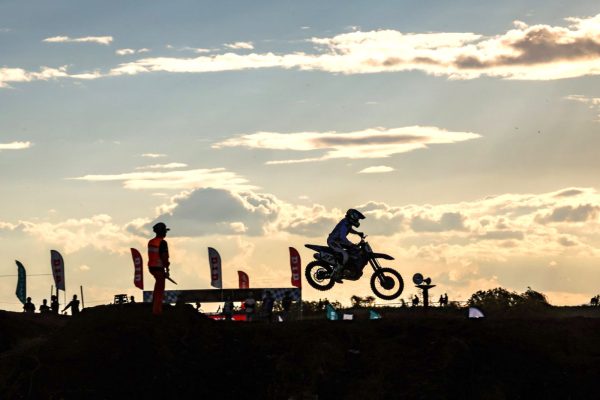
In 2022 you won the Japan 250cc championship and last year you stepped up to the 450 and cleaned up there. With the exception of one year of MX1 in Australia, you’ve spent most of your life on a 250F. How was the transition to the bigger bike?
I think there’s a lot of pressure in our industry to move up every time you win or dominate a class, it’s just something everyone expects. It’s always taken me longer to learn, even in the Under 19 class, where I spent three years. A lot of people leave the sport if they don’t have instant success, but I kept going.
After I won the MX2 championship, my goal was to showcase myself at the Motocross of Nations, then race the 250 in Europe the next year. Getting hurt before MXoN put a spanner in the works, and my only options were to either move up to the MX1 class with a team or spend another year as a privateer in MX2. I had an injury throughout the year and I just wasn’t mature enough to handle the 450.
This time it felt right, I was ready mentally and confident enough to move up and it worked out well. I’ve really enjoyed the process of moving up, learning that machine and the testing and development of the 450.
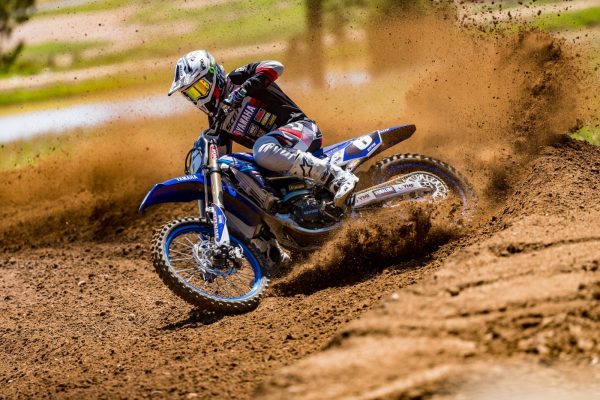
Let’s talk about the Tokyo round of this year’s series. Honda brings out Trey Canard to race their new Honda CR-Electric prototype, and you made headlines after the two of you tangled in one of the races.
We’d just completed the first lap and Trey was in the lead, and in the heat of the moment I thought I had the pass made. I hadn’t raced anyone on Trey’s level in Japan, I’d been winning pretty comfortably all year up to that point. I’m used to other riders hearing me and pulling out of the way.
Trey committed to the corner, which took me by surprise, and I misjudged my speed and popped over the rut, which made it worse. I thought, “this isn’t good” and we came together and both went down. Straight afterward I went to his pit and apologised to him, and the HRC managers and engineers. It was an ego check, for sure.
I was nervous going into the weekend, as I didn’t know what to expect going up against an electric motorcycle, and it all just bubbled up. It was a costly mistake as it put an end to my 19-race win streak.
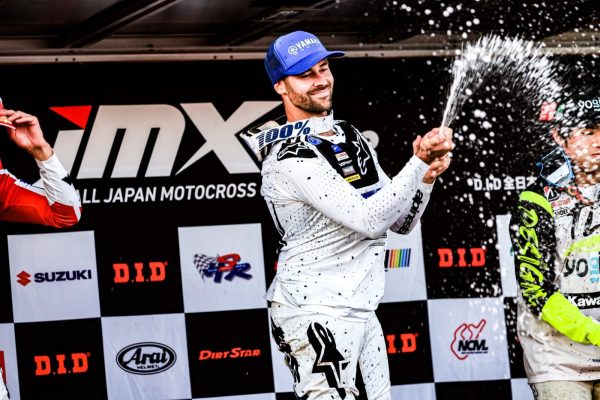
What was it like racing against the electric bike?
It was a whole new experience, as I wasn’t sure what lines he’d use. The torque and power delivery of electric bikes is so different. He accelerated so strongly out of corners, so trying to understand that, and where he’d be on the track was a challenge. In qualifying I was leading but had no idea where Trey was, because I couldn’t hear the electric bike. I started over-riding the track because I was so anxious and nervous.
It was exciting for the Japanese fans and there was a lot of interest worldwide about what the Honda electric bike could do. We were really interested to see the technology and what progress they’d made since we last saw the prototype.
While it’s always the aim to win races, the real value to the manufacturers is to test the bikes in a real racing environment. You get lots of valuable information when you test during the week, but you’d be surprised at the amount you learn on race day.
They were making a lot of changes and improving every time they got out on the track.
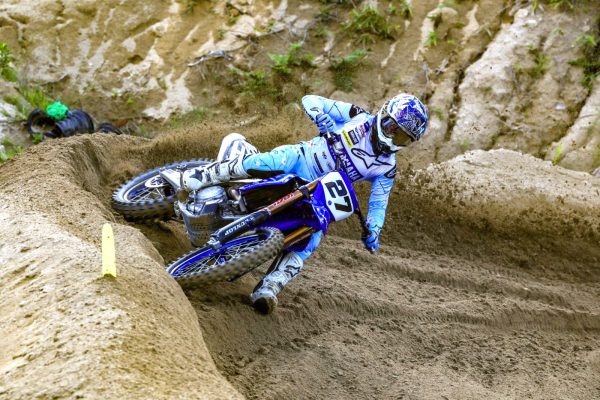
In the back half of 2023 you raced a couple of the last rounds of the AMA Pro Motocross, on Eli Tomac’s Monster Energy Star Racing Yamaha. Were you there primarily to test, or to dabble in the Pro Motocross scene?
I went to the US twice, my first visit was to do some stuff with Haiden Deegan and Justin Cooper with some 250cc stuff between Southwick and Millville, and that went really well. Star was keen to keep working with us, so during the summer break, we went back. We kept developing and testing during the week, and because Eli was injured, there was the opportunity to ride his bike as it was already in the race truck. YMC thought it was a good idea to race and understand the 450 in a different racing environment and give them some feedback and data on the bike.
Besides the little injury it was a really successful trip and we learnt a lot. I didn’t have the results I was aiming for, but from a testing point of view it was really successful.
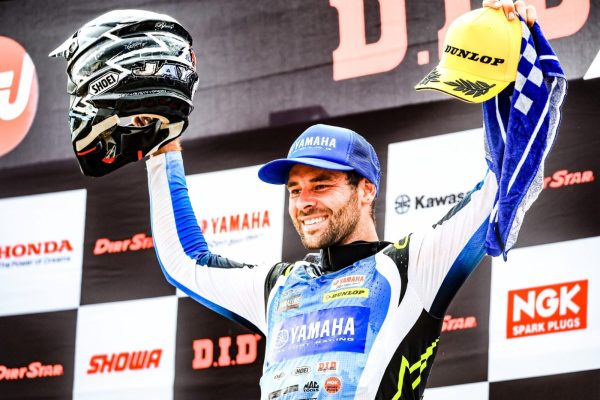
2023 looked like a dream season for you, but you were dealing with a couple of injuries through the year behind the scenes.
The first two Japanese rounds went really well, then during qualifying at round three at Sugo, I partially dislocated my shoulder in a small tip-over. I managed to get through the weekend and kept the win streak going, but despite trying to rest it, it’s been niggling me all year.
In the US I picked up another injury at Budds Creek. I was jetlagged and tired from a lot of testing during the week, and towards the end of the final moto, I put my foot down and felt my ankle pop. I still did another day of testing that week, then tried to race at Ironman, but it wasn’t feeling good, so we sat that round out.
I came back home, got some scans done, and found out I’d cracked a bone in my ankle. So I had a partial dislocation to my right shoulder, a cracked ankle, and then during qualifying at Kyushu, I had a nasty crash. I’m not sure if it was a concussion or whatever, but I felt pretty rocked, and my ribs, chest, and everything hurt.
None of the injuries really put me out of action, but I was constantly managing them throughout the season. At the same time, while I was trying to rest, I still had to turn up and test bikes two or three times a week, and that added another layer of complexity to the challenge. It has been a successful year though, as a family we’ve grown, and as a racer, test rider and business owner I’ve grown a lot too.
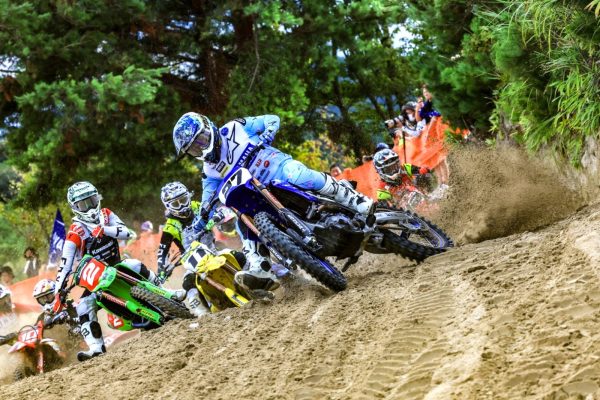
For 2024 you’ll keep racing the YZ450F in Japan, do you think your focus will move more to machine development rather than trying to win?
I think that’s my end goal, I’m passionate about the development and the safety of the motorcycle. When I was coaching in Australia, I wanted to create a safer environment, and teach people how to ride safer. If I can create a safer motorcycle through testing, then that’s a win for me. I’ve been part of this industry since I started racing at four years old, and this will be my 12th year with Yamaha, and I’m probably more passionate about it now than when I was a young racer.
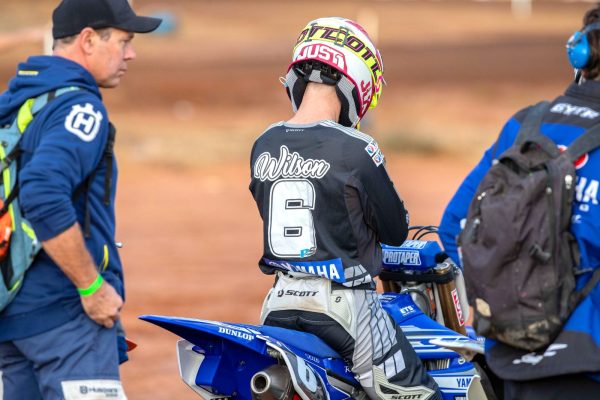
How long do you think you will be in Japan?
When we first spoke with Yamaha, our plan was to stay three to five years. Right now, my job’s going well, we’re enjoying Japanese life, and it’d be cool for Poppy to finish elementary school. We’re happy here, but as a racer, there’re always new challenges popping up, so who knows where we’ll end up next. If I can stay in the industry, maybe do more global communication around testing and race team development in the future, that’d be ideal.
Looking back on it all, I haven’t achieved my original goals from a racing point of view, but those goals have shifted. My career hasn’t gone the way I expected it to, but I honestly wouldn’t change it for the world. Ultimately, we’d love to one day settle in New Zealand, but whether we go to the US first, or Europe, who knows? Right now we’re locked in for at least another year in Japan.
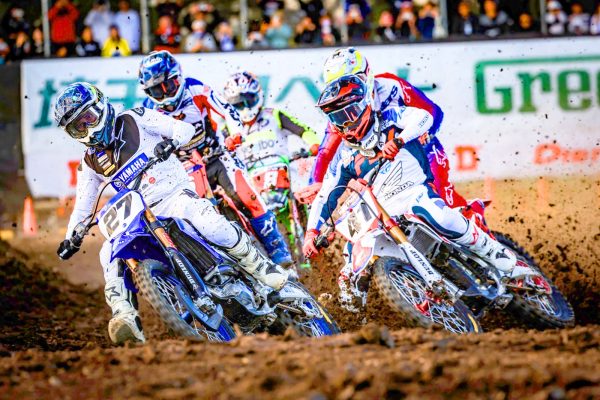
As far as testing and development goes, is Jay Wilson working on upcoming models, or way down the track on the 2026 or 2027 models?
A lot of my work this year has been about the development of future models. In 2022 I worked a lot with the electronic power steering device and I won with that on the 250F. For 2023 we obviously had a new model bike, so we’ve continued to develop the EPS for it, which has been a great challenge, and I took on some different roles to help develop the race machines, which has been really cool.
On top of that I’m the team manager for the Yamaha Factory Innovation Team and support our riders. I’m a Yamaha coach to help develop the next generation of our racers, as well as a tester and racer, so my basket’s pretty full. It’s good for me, though as if I don’t have enough going on, I tend to get in my own way, over-think things and get caught up in my own little world.
WORDS SIMON MAKKER
PHOTOS VARIOUS
